Are you considering raising multiple types of feeders? There are a few things you need to think about before trying to make sure you can provide all that the feeders need. Space is incredibly important; certain species will not only need different types of cages but different sizes as well. Usually to breed on a larger scale you need much larger enclosures. Crickets don’t do well long term in smaller enclosures not only because of gas build up but also because of territorialism between them and the possibility of cannibalism happening. Dubia roach males are also highly territorial and need enough space to safely claim at least one side of a egg crate as their own or they may start damaging the other males and females occasionally (this is also why ratios are extremely important with various roach species).
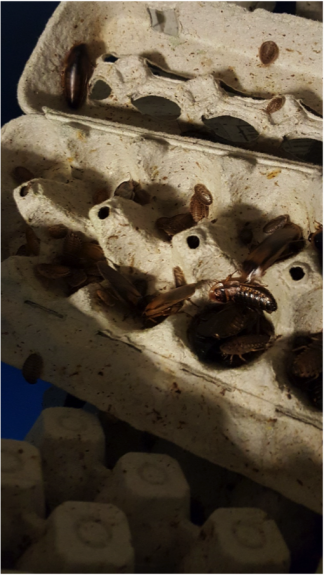
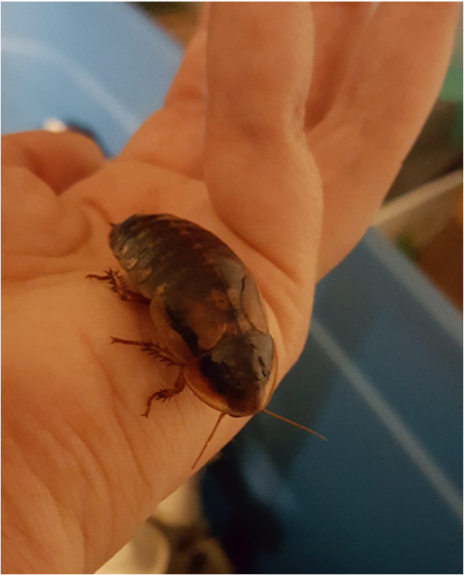
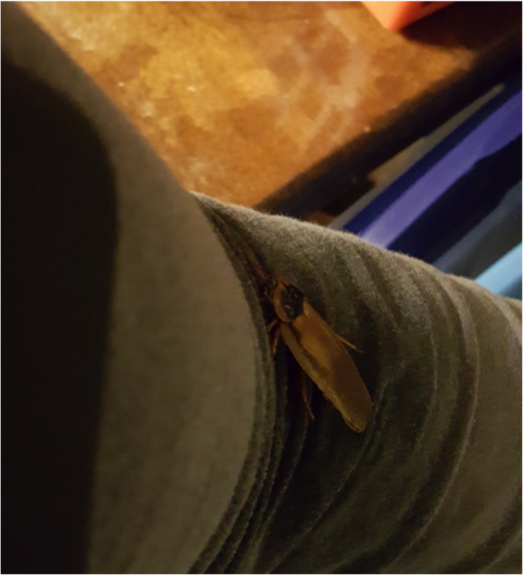
If you live someplace cold you also need to recognize the need for heat for some species and the need for a day and night cycle for certain species. My stick insects need very little heat as long as it doesn’t drop below 60 degrees Fahrenheit, but they need a day and night cycle. My roaches however need high heat, and do better with no light at all. I use heat pads with thermostats for most of my insects (it helps me save money and makes sure I don’t over-heat). To establish the day and night cycle, I use a very low wattage incandescent house bulb.
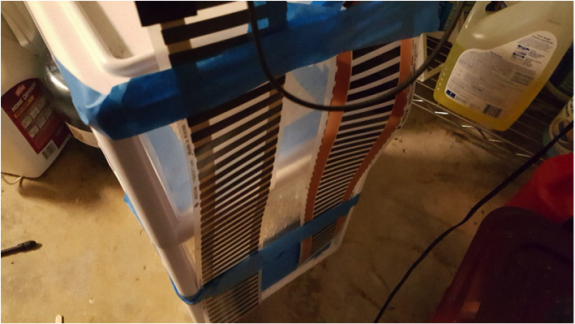
Money is a very real thing to worry about when first setting up your insects. The cost can be decreased easily by looking for sales on the right days for the items. Most species of roaches or crickets do best in opaque Rubbermaid storage bins. Just create good airflow and use a reusable heat pad. Saving up egg crates is always useful. Ask family members or friends to do the same and only buy cardboard. Otherwise ask grocery stores or restaurants whether they can provide some if you are running low. Ebay is always a possibility too. Food is simple: I don’t use water crystals to keep my bugs hydrated. I use fruits and veggies that are just a bit too far gone but not moldy, or scraps from the night’s dinner. You can either make dry chow yourself from bulk ingredients in grocery stores (it’s totally helpful for saving money and you know EXACTLY what’s going into your food) or you can look for a good chow that’s premade… there aren’t many. If you want to keep some stranger species that are illegal in certain countries you need to look into getting permits or licenses to do so. They aren’t cheap and you should only do it if you are serious. Saving money on electricity can always be done by installing solar panels.
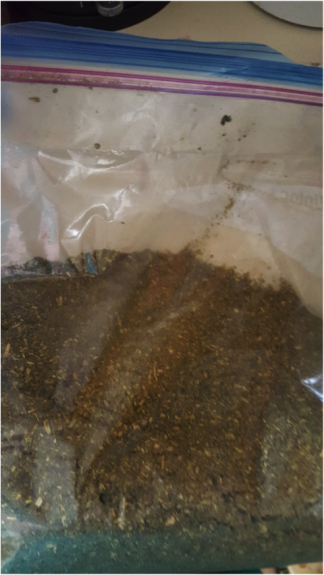

Staple feeders are feeders who are easily gut loadable (roaches and crickets, etc.):
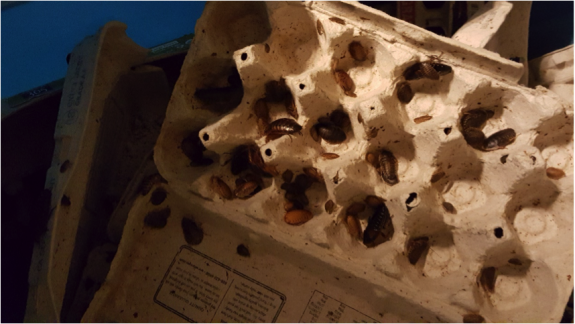
Regular feeders are feeders who can be used as a regular part of the diet, can’t be gut loaded, but are still healthy (stick insects, hornworms, silkworms, isopods, etc.)
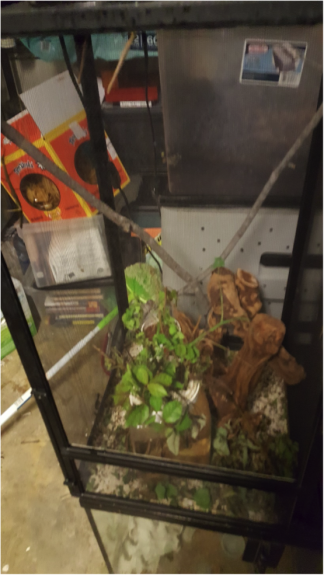
Treats are feeders who may be able to be gut loaded, but not easily, and are otherwise fattier and harder to keep gutloaded (super worms, mealworms, waxworms, etc.):
Research, research, research… in my opinion this is the MOST important thing that comes to taking in different types of feeders. Read the multiple research articles that are out there, both about how to care for them in captivity and a few about how their natural environment is like. Then do some trials and focus on what works best for you. I have such a high stick insect hatch rate because I don’t incubate them the usual way. I let them hatch naturally and incubate in the fallen leaves in the adult enclosure. Then they just start out immediately with the adults. It’s natural and works the best for me.
How practical is it for you to raise multiple types of feeder insects?
The practicality of raising multiple feeder insects is incredibly important to think about. How much money could you make from them or save by using them to make it worthwhile? Make sure you only raise species you can feed to reptiles you raise or you will have extras (if you can’t sell enough) that will go to waste.
Space is the most important thing when thinking about multiple types of feeders. There are easy ways to save money even when setting up an enclosure. Space is something where you work with what you have. A lot of species need different sized and shaped enclosures, so if you are limited on space you might want to rethink raising them. Be aware of what your housemates are willing to live with.
If you are looking to make money from these insects, selling is not the only solution. Honestly, I have 6 insectivorous reptiles in my house and have not bought feeders in over a year because of the six species I raise.
Daily care for me takes around 2 hours maximum, spread throughout the day, which in my opinion is not a lot. Every other week that is increased to 4 hours because I make my own bug gut-load. Every other month an extra hour is devoted to cleaning the super worm cage. The reason I am able to spend so little time taking of my insects is because I have made all of them self-sufficient as far as cleaning or other necessary chores. That is why setting up an enclosure can take a cumulative 12-24 hours.
Self-sufficient insect enclosures take longer because it takes time to research not only how to make them self-sufficient but also put it all together. My best example of an enclosure that takes almost no work now that its been set up, are my super worms. It is a three-tiered drawer enclosure. The bottom is blacked-out with tape and is used for pupating my super worms by keeping them in a jewelry bead holder, so that they are separated. The top tier holds the beetles. It has metal bug screening on the bottom so that the eggs they lay will automatically fall through the bottom. The substrate is whole pieces of rolled oats so that it can’t fall through. The second drawer under the beetles, is where all the super worm larvae are. They grow there until they are ready to be moved to the pupating drawer.
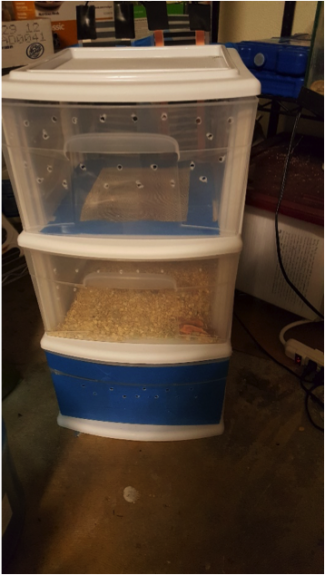
I always recommend having a few reptiles (or other insectivores) of your own who will eat your feeders. I also recommend finding a niche if you decide to sell your insects. What makes your insects better than anyone else’s? I line-breed mine, so I can either get specific colors which may be more appetizing to reptiles or I breed them for healthier genes.

Green Female Adult Stick Insect-
One of her offspring that immediately showed her green colors-
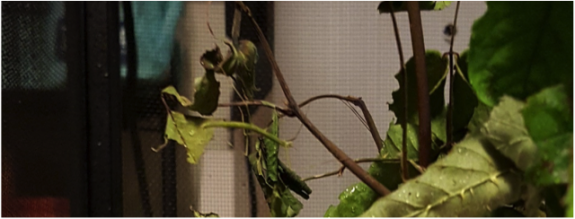
I started my home business of selling and raising multiple insects by asking what people wanted for their reptiles. I am able to raise far more than other people, and I can easily raise some species that other people can’t raise for the life of them. I have gotten requests for Florida legal species, and am looking into getting permits for illegal species in the US down the road. I also learned what was in demand.
The most important thing to me with raising my insects, is treating them well. In my opinion it’s like buying organic and pasture raised meat products for ourselves. A happier and healthier insect will result in a healthier reptile. Whether they are going to be eaten or not, I always treat my feeders like kings and queens.
I have loved insects of various types since I was 8-10 years old. I wanted to become an entomologist for the longest time. That dream has come and gone. But the love never left. It started with caterpillars and butterflies, but now I am far into roaches, beetles, and who knows how many others.
Selling your feeders
♦ Consider cost vs. profit- Buy things on sale, buy bulk gutload or ingredients to make your own. If you keep your customer pool small you never have to worry about over selling, and definitely get your name out there.
♦ Sales, are they useful? I use sales when I sell breeder groups or if I am selling a larger group of insects. It makes sense to make them less expensive because you are getting rid of excess, but don’t sell them so cheap that you won’t make enough from them. Also, if you have excess insects, like more hatched than you expected, have a larger than normal sale, trust me a lot of people will buy from you.
♦ Make sure you have consistency– It is incredibly important to make sure you know how much you need to raise in order to sell a good amount. Make sure you can save enough to raise and breed to be able to sell and have enough to raise and breed again the next time.
♦ Seasonal Insects– I have various seasonal/every other month insects, like stick insects and soon mantids. The thing you have to remember is you sell them for a bit more than you sell your other insects, but offer your other stable colonies at a bit more of a reduced rate.
♦ Care sheets– I recommend having some sort of written care sheet for each individual insect, but be aware that each person may need it adjusted based on where they live or what they have available. know each species of insect well, so I don’t make premade care sheets. I can tailor a care sheet to what each individual customer can afford and what they need.


Great article, I also raise insects and highly recommend you raise your own feeders. I’ve had the same dubia colony for 3 years. It’s a lot fun. If anyone needs helps selling their insects I can help you sell them on Facebook. Just let me know.